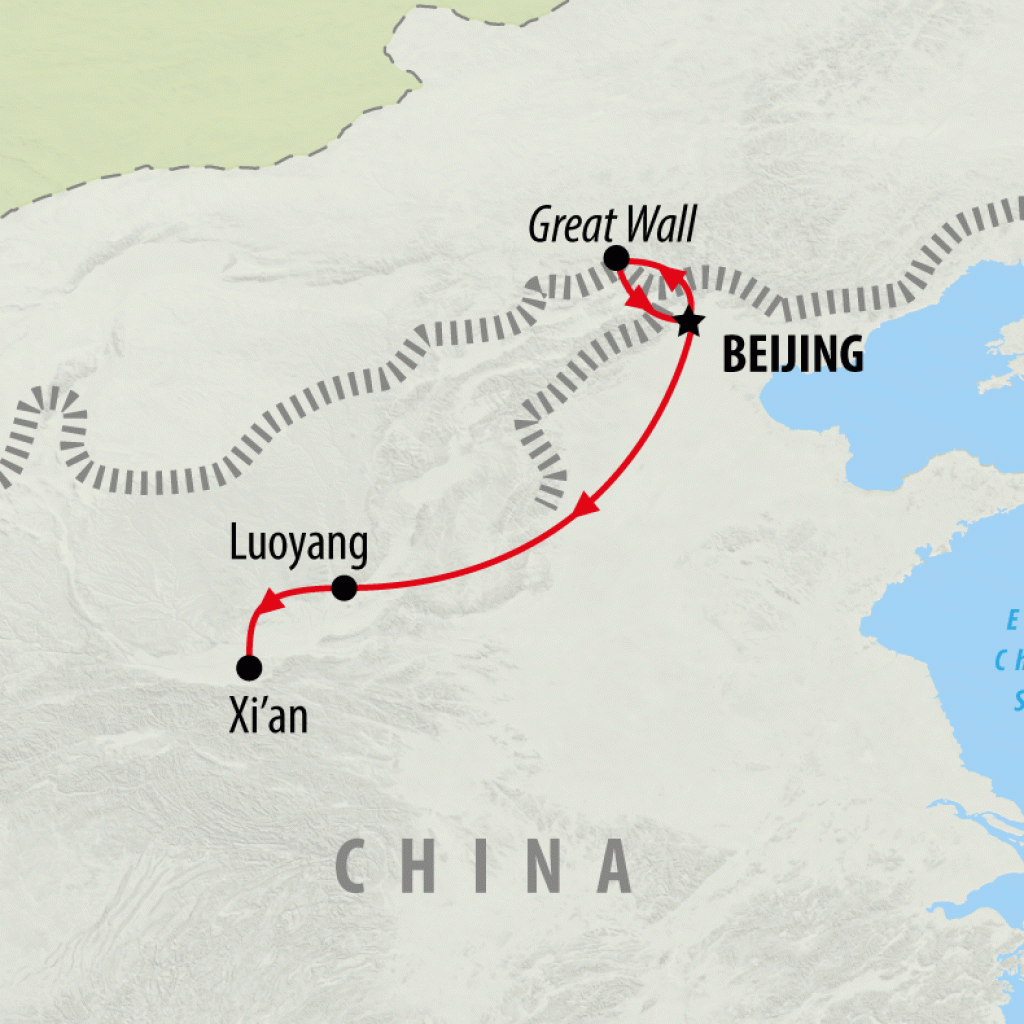A realm of mystery, the Far East, encompassing China, Tibet, South Korea and Japan, is still an enigma for historians. Brimming with ancient ruins, palaces, monasteries and several monuments whose providence and purpose remain unknown, this region is fascinating to explore, particularly for those who decide to undertake the challenge of learning something of its past. There are over 80 UNESCO sites in the Far East, 50 of which are located in China alone and all of which will help you expand your knowledge of the philosophies, cultures, traditions and religions that have cloaked this land for millennia. Here are ten of the most well-known sites you are likely to come across on your travels.
10 Must-see UNESCO Sites
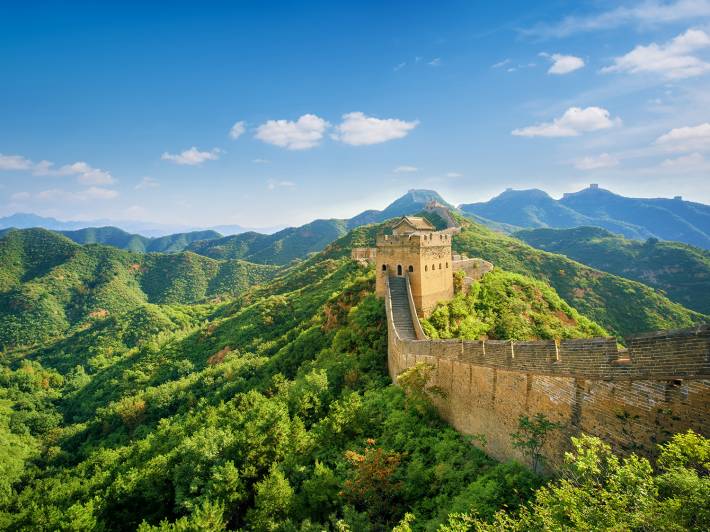
The Great Wall, China
No, you cannot see the Great Wall from space. But this takes nothing away from the majesty of China's most famous UNESCO attraction. The Great Wall took more than 2,000 years to complete, as several dynasties extended and added to the 13,170 mile construction. The wall winds through a vast array of landscapes, from mountains to forests to cities, meaning you could visit several different segments of it and never see the same scenery twice. Originally the wall was just a number of individual fortifications that were connected by the ruler of the Qin dynasty to protect his reign. It was then expanded, repaired and altered by later dynasties, most notably the Ming dynasty, from which the majority of the current wall dates back to.
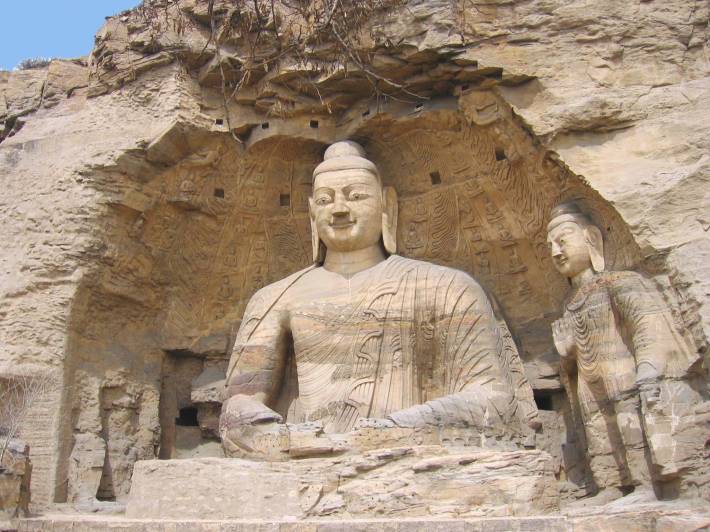
Yungang Grottoes, China
Located near the city of Datong, the Yungang Grottoes are a mind-blowing example of early Buddhist cave art and date back to around the 5th and 6th centuries. The site itself is staggeringly large and features 252 caves and a whopping 51,000 individual statues. You might not have time to see everything in a day but you will certainly be able to take in enough to have a lasting impression of the place. UNESCO states its reasons for inscribing this site as being because it shows the prominence and power of Buddhist beliefs in China and because the art “represents the successful fusion of Buddhist religious symbolic art from south and central Asia with Chinese cultural traditions, starting in the 5th century CE under Imperial auspices.” Despite everything the country has been through, the statues are still in excellent condition and should be on any China itinerary.
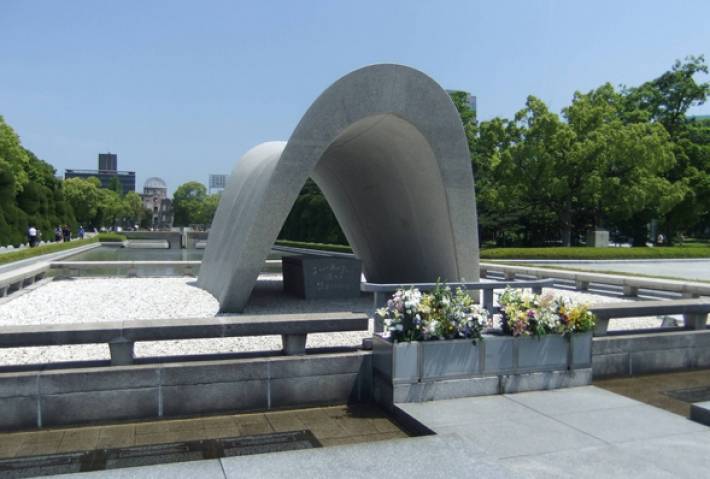
Hiroshima Peace Memorial, Japan
The bombing of Hiroshima by US forces at the end of the Second World war remains one of the greatest tragedies of the modern era, and is the only time nuclear weapons have been used in warfare. More than 140,000 civilians were killed by the blast itself, and many thousands more from radiation poisoning in the months after the explosion. Modern Japan has recovered economically and socially from the disaster, but scars remain to this day and the Hiroshima Peace Memorial acts a sobering reminder to the atrocities caused during the conflict. Just one building in the immediate area survived the nuclear blast, the Genbaku Dome, which now acts as the memorial to those who lost their lives. The dome has been preserved in the ruined condition it was in after the explosion and is a reminder of the destruction that took place. yet it simultaneously looks forward to towards a peaceful future without the fear of nuclear warfare.
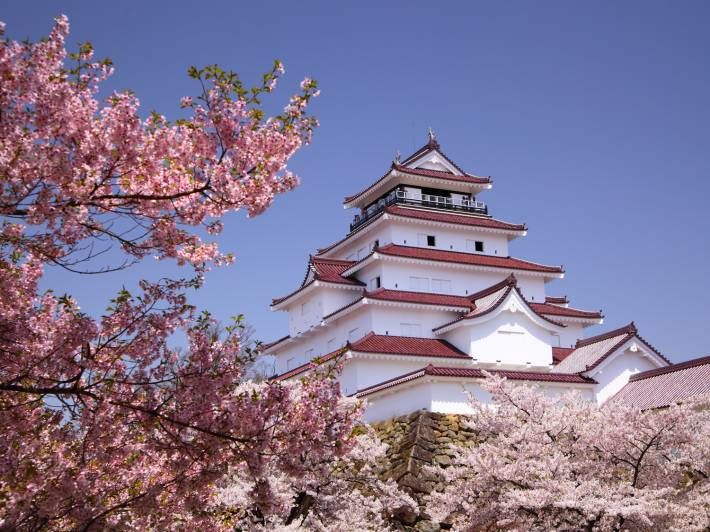
Himeji Castle, Japan
Outstanding in every respect, the Himeji Castle is a must-see for anyone travelling through Japan. The stunning structure was built in 1333 but has undergone several expansions since. Now, in its completed form, the castle comprises 83 buildings as well as an advanced defensive system that dates back to the feudal period. Considered one of Japan’s finest examples of castle architecture, it is little surprise that Himeji is the most visited castle in the country. It is also, without a doubt, one of the most beautiful structures in the country with its bright white walls and carefully styled roofing. It is often referred to as the White Heron Castle in Japanese because it has the appearance of a large white bird taking flight. While it is both beautiful and of great historical significance, perhaps the most impressive thing about the castle is that it has emerged from natural disasters and war with barely a graze.
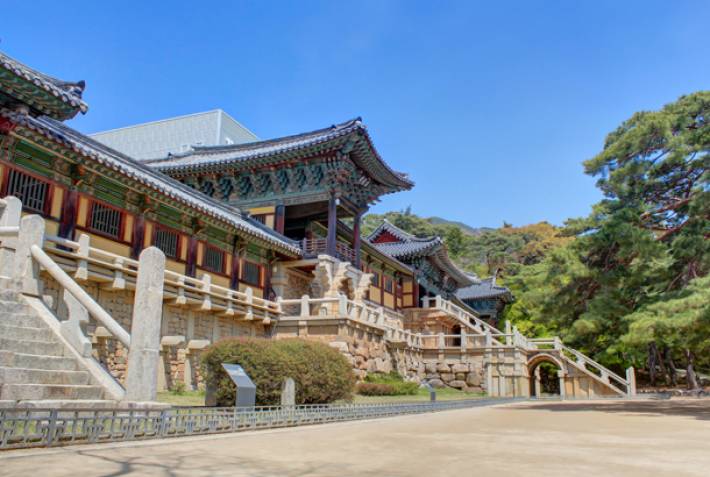
Seokguram Grotto and Bulguksa Temple, South Korea
The Seokguram Grotto and Bulguksa Temple are considered a national treasure in South Korea and were originally completed back in 774 during the hey days of the unified Silla kingdom. The main feature of this intriguing site is the colossal Buddha statue, which measures 3.5m in height and sits upon a lotus pedestal, looking out towards the sea. A popular activity for visitors is to arrive in time to watch the sensational spectacle of the sun rising from over the sea. This can be seen in full glory from where the Buddha sits. Surrounding the statue are numerous depictions of other gods and disciples, which are intricately carved into white granite and considered masterpieces of East Asian Buddhist art. The grotto and temple are said to be closely linked in what they represent, the grotto being a representation of the enlightenment of Buddha while the temple symbolizing Buddhism in its earthly form.
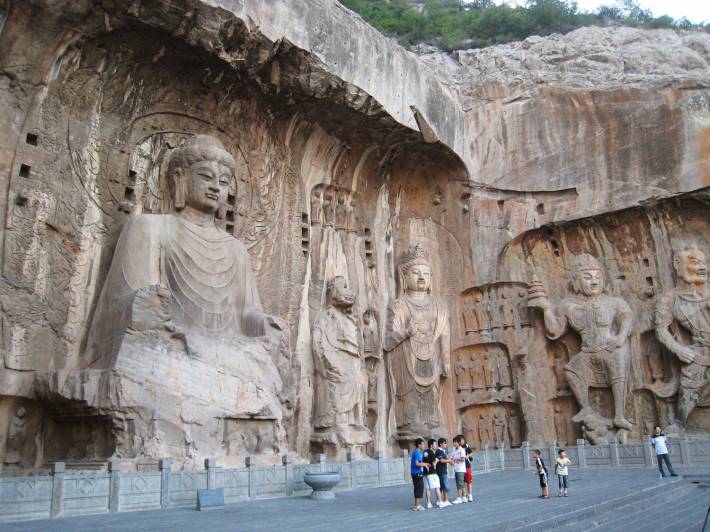
Longmen Grottoes, China
Yet another example of exceptional Buddhist art, the Longmen Grottoes stretch along the banks of the Yi River near Luoyang and encompass thousands of caves and around 40 pagodas, each of which houses Buddhist statues. The statues have been carved into the limestone of the mountain and range in height from a mere 25mm to a staggering 17m. Overall, there are more than 100,000 statues in this complex, each one a fantastic example of Chinese art, with particular regards to those from the Tang Dynasty. The entire complex took over 500 years to complete and is completely devoted to Buddhism. Perhaps one of the most interesting grottoes is the Yaofangdong cave, which has 140 inscriptions of medical prescriptions, treating everything from simple colds to mental afflictions. Also of note is the Guyangdong cave, the oldest of all the grottoes and home to hundreds of statues and inscriptions.
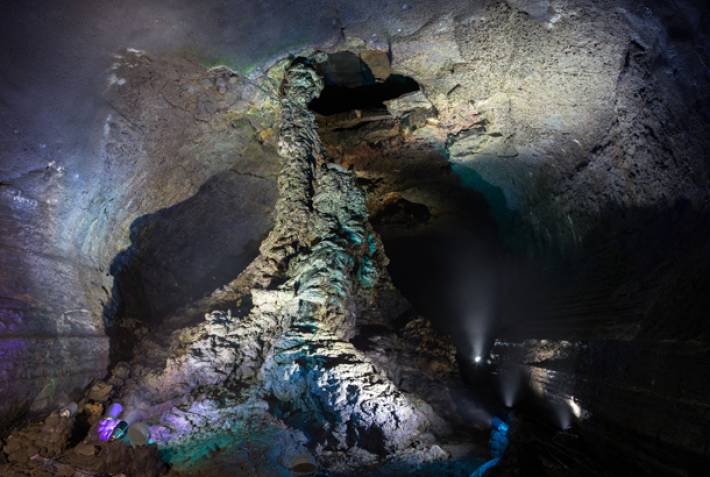
Jeju Volcanic Island and Lava Tubes, South Korea
Mind-boggling to behold, the lava tubes of Hallasan, the highest peak in Korea and a dormant volcano, form an incredible piece of natural history. A stroll through these lava caves gives visitors a fantastic insight into a part of the world that is usually hidden from view. The caves date back, in some places, over 300,000 years and bear the marks of millennia of geological evolution. Outside of the caves, Jeju Island itself is an area of great natural beauty and a popular getaway for Korean city-dwellers looking for a breath of fresh air. The island features stunning beaches, beautiful fields of rapeseed and the world renowned sea-women, who dive down to 20m without breathing apparatus in search of fresh seafood, such as octopus. Visitors should also take the opportunity to watch the sunrise from Sunrise Peak.
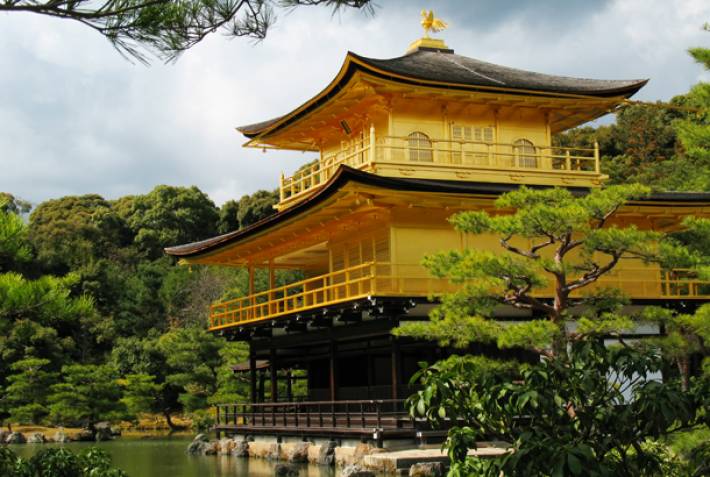
Historic Monuments of Kyoto, Japan
When thinking about Japan, the first place that will spring to most people’s mind is Tokyo, however Kyoto, the country’s former capital, is home to many of Japan’s most spectacular sites and should certainly feature on your travel itinerary. Modern Kyoto still serves as the cultural hub of the country, despite no longer acting as the imperial capital, and ancient Kyoto is formed from 17 component parts. 16 of these monuments have a religious function, the final one being Nijo Castle, and show the evolution of Japanese wooden architecture and the development of landscape gardening. The overall effect of the components within this property is basically a visual map of the history and culture of Japan over the past 1,000 years and from this we can see how Japanese traditions have influenced architecture and gardening throughout the world.
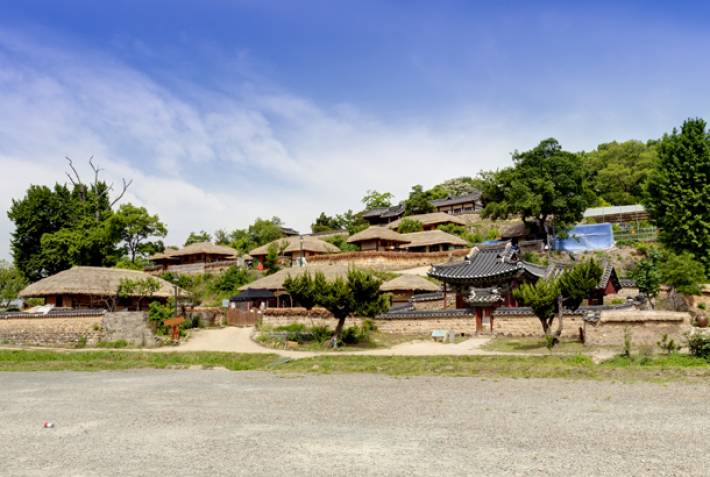
Hahoe and Yangdong Historic Villages, South Korea
Transport yourself back in time in the historic villages of Hahoe and Yangdong and catch a glimpse of what traditional life in South Korea was like. Although the site has the feel of a museum, there are actually 230 residents who dwell within the village and have preserved their cultural identity and way of life with the help of the government who has implemented preservation and restoration programs. The villages date back to the 14th and 15th centuries and are enviably located with mountains behind them and the river flowing in the foreground. In fact, the scenery that surrounds these villages is so breathtaking that it was the subject matter for numerous poets back in the 17th and 18th centuries. Nowadays, visitors are invited to stroll through the villages with an audio guide, admiring the various buildings and the gorgeous lotus pond as they go.
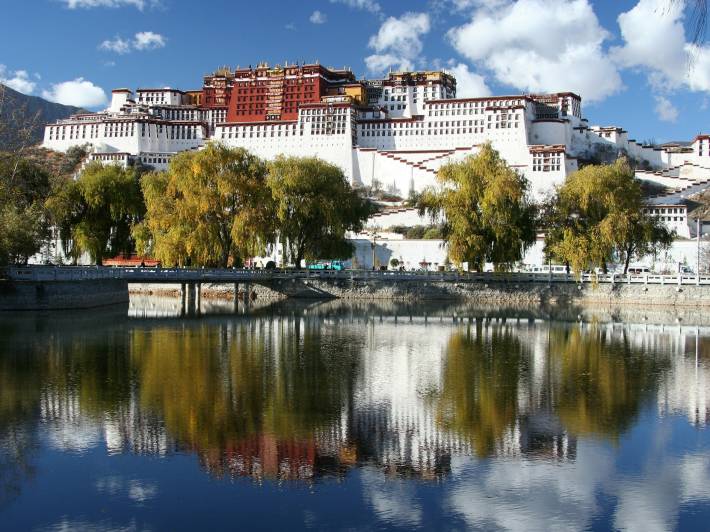
Potala Palace, Tibet
Utterly magnificent and of deep religious and historical importance, the Potala Palace, located in Lhasa, was the main residence of the Dalai Lama until the 14th Dalai Lama was forced to flee Tibet in the uprising of 1959. Nowadays, the Dalai Lama resides in Dharamsala and his former abode has been converted into a museum. The building was originally constructed in 637 but was rebuilt by the 5th Dalai Lama in 1645 and sits upon a hill, towering over the city in all its splendor. The entire complex contains over 1,000 rooms and tens of thousands of shrines and statues and while you probably won’t be able to see everything in a day, even witnessing a sliver of what this monumental building has to offer makes a visit worthwhile. The Potala Palace is also considered the epicenter of Tibetan Buddhism, making it of particular interest for anyone wishing to learn more about the religions of the Far East.
















